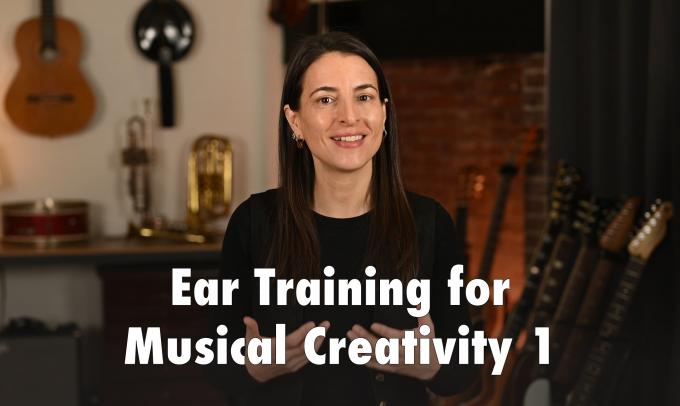Hey David,
I am practicing the IFR exercise ‘Sing the Map’ and I can move up and down the scale but I cannot yet make interval jumps and “wander freely”. Should I just keep practicing moving through the scale? Will this bring about the ability to sing the notes freely one day? Or will this mechanical approach hinder my artistic expression?
Thank you,
Trevon
David's response:
Hi Trevon,
Thanks for a great question. You're right to be wary about turning your singing practice into something mechanical. We're not just trying to learn how to execute the scales with our voice. The purpose of our singing practice to get to know the unique beauty of each note, because these are the raw materials of our art. So we need to experience these sounds in a melodic way, and that means being able to move freely from any note to any other.
But you raise a good question. If all you know how to do is sing the scale notes in order, then how are you supposed to make the leap to wandering freely using interval jumps?
You just need to study the sounds in a way that gives you this freedom right from the start.
The key is to realize that you already have this ability within a small limited range. For example, if you were to limit yourself to just singing the notes 1, 2 and 3, then I'm sure you would be able to jump directly from note 1 to note 3 without getting lost. So within this tiny range, you already have the freedom of expression that you're longing for.
So that's where we begin. Then it's merely a question of expanding this area of mastery one note at a time. So next you would add note 4, and you would stay with just these four sounds until you could move freely from any one of them to any of the others. Then you can add note 5, then note 6 and finally note 7.
The key is to give each note of our musical system your undivided attention for a little while.
Many people miss this obvious strategy because intuitively it seems like it would be too slow. How can I reach my musical goals if I only learn one new note today?
But in all of Western music there are only twelve notes. And the seven notes of the major scale are by far the most important. Just learning to recognize these seven sounds by ear would enable you to play almost every song you've ever heard in any key on your instrument.
So the whole key to ear training is to start with very few sounds and build a foundation of absolute clarity with these sounds. Then we gradually expand outward with the same patience and curiosity about each new sound we add. In this way you can actually master our entire musical system quite quickly.
 We actually do a lot of this work for you in our audio course Sing the Numbers. It follows exactly the strategy I'm describing, starting with just three notes and building progressively from there. Every step of the way, the audio tracks use beautiful songs and melodies to teach you the sounds of our musical system. Just listening to this audio course and singing along with the exercises will definitely get you wandering freely with your voice, improvising melodies and singing each tonal number correctly.
We actually do a lot of this work for you in our audio course Sing the Numbers. It follows exactly the strategy I'm describing, starting with just three notes and building progressively from there. Every step of the way, the audio tracks use beautiful songs and melodies to teach you the sounds of our musical system. Just listening to this audio course and singing along with the exercises will definitely get you wandering freely with your voice, improvising melodies and singing each tonal number correctly.
David

